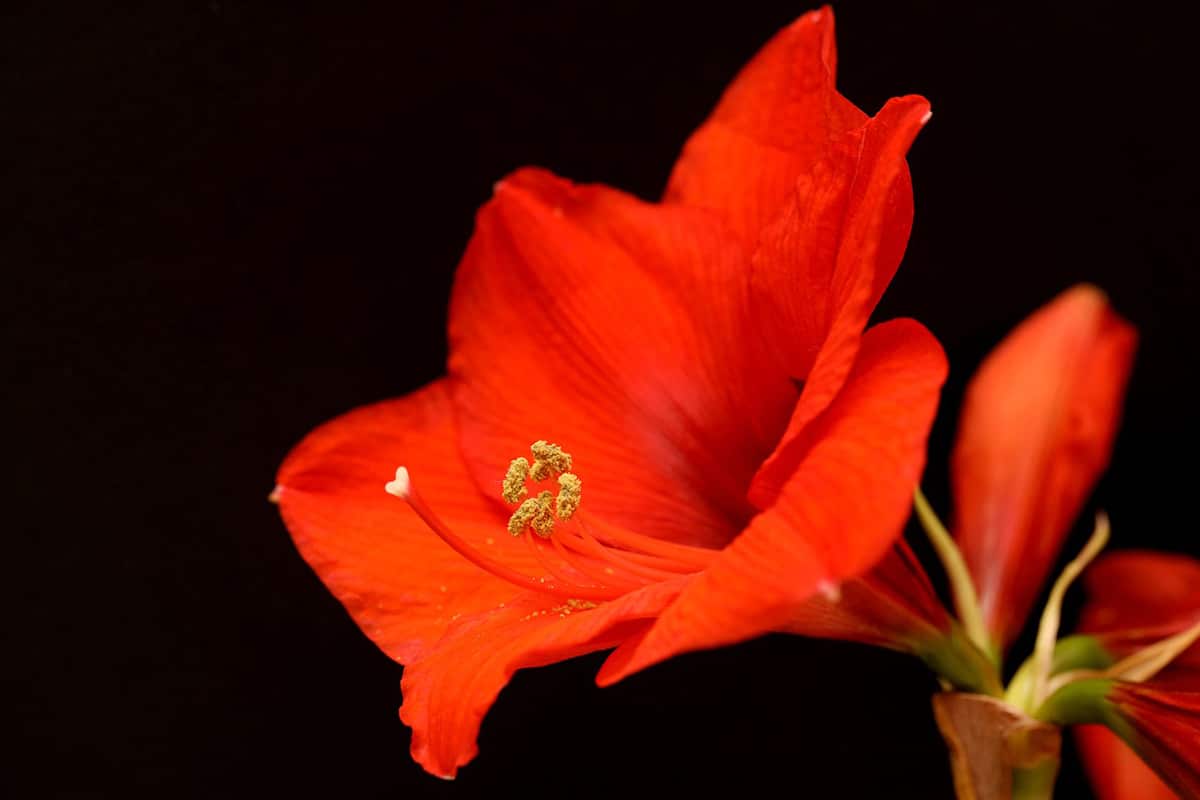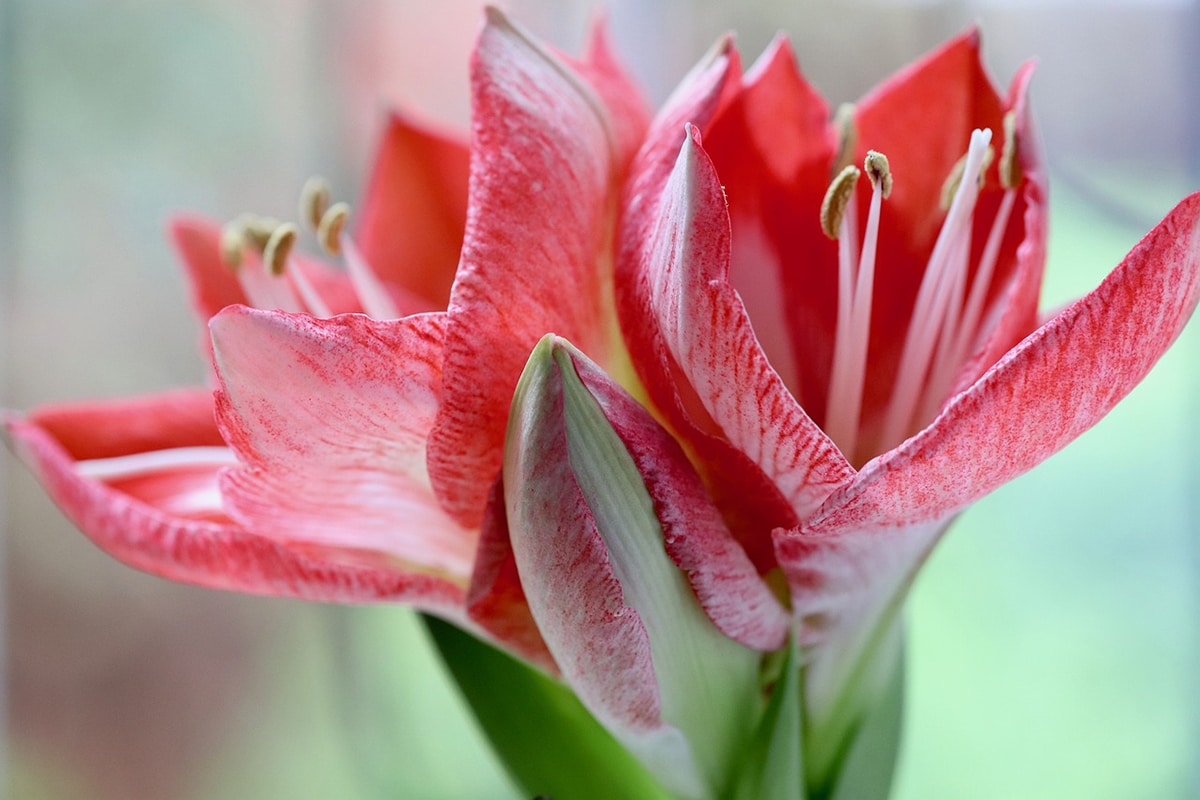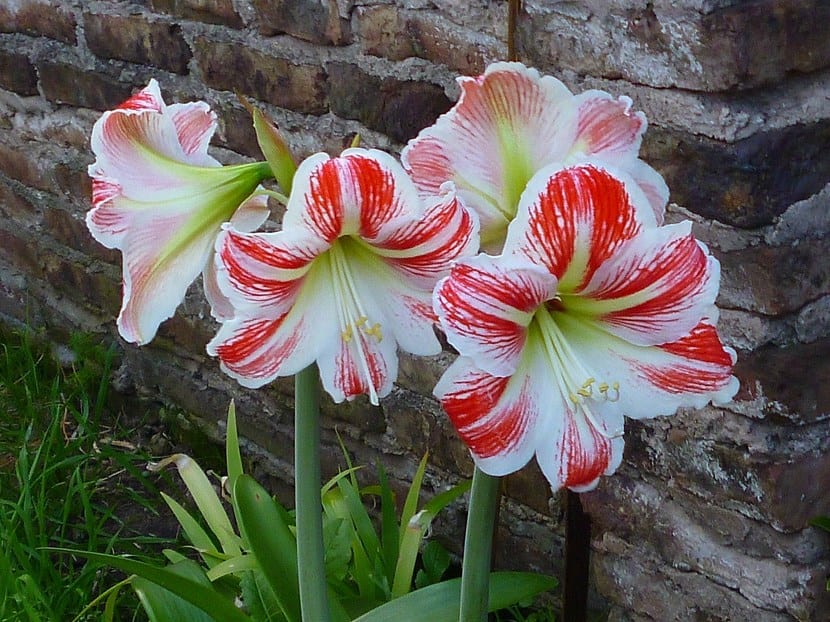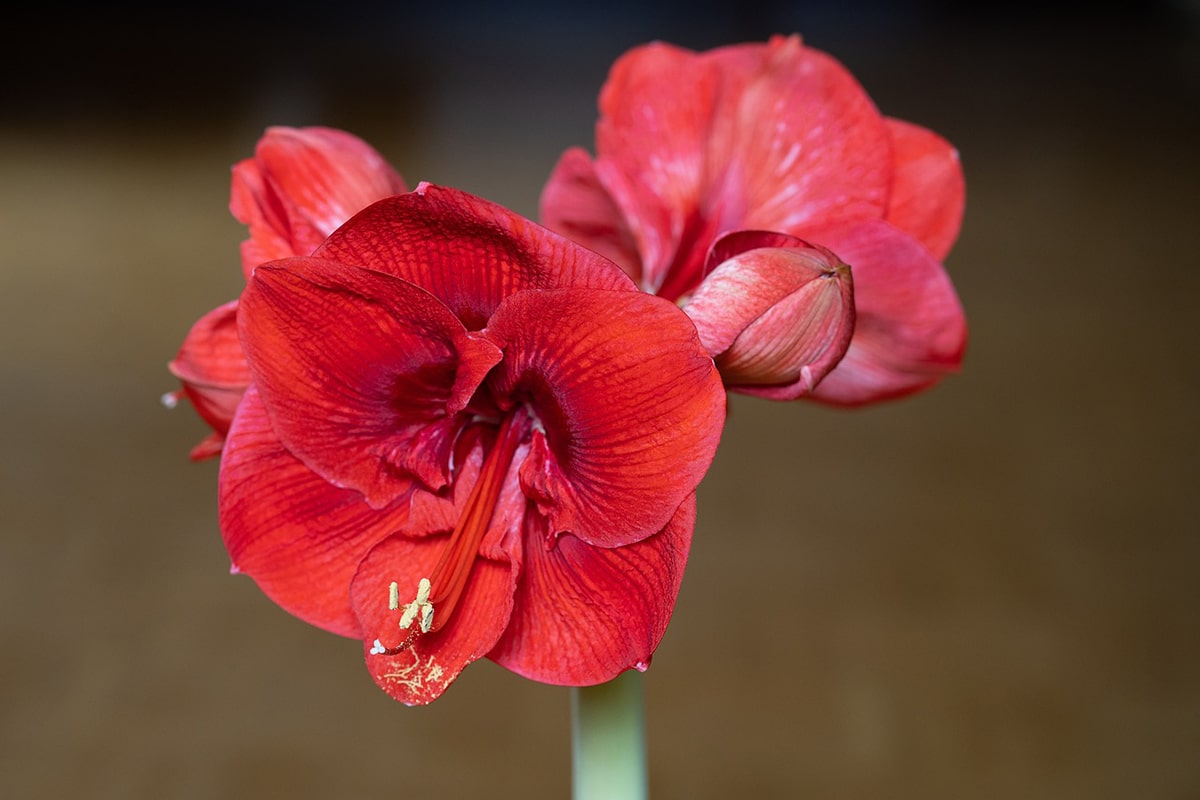
The pretty amaryllis flower is a popular plant for indoor and outdoor gardening due to its beautiful color and bloom. This vegetable is native to Africa and Asia and has been cultivated for centuries in Europe. Amaryllis is a perennial bulbous plant that blooms in spring or summer, depending on the variety. The flowers can be of a single color or of multiple colors. In addition, they can be single or double. Apart from being a beautiful plant, Its planting is quite simple thanks to the amaryllis bulb.
So that you can enjoy this beautiful vegetable, we are going to explain in this article when to plant the amaryllis bulb and how to do it. Without a doubt, it is an excellent choice to beautify our home.
When to plant the amaryllis bulb?

Before explaining how to plant the bulb of amaryllis, first we are going to discuss when we should carry out this task. The best time for it is usually in autumn, once temperatures begin to drop but before the ground freezes. This allows the bulb time to establish roots before the spring growing and flowering season.
However, amaryllis bulbs can also be planted in spring, once the frosts are over. It is important to ensure that the soil is well drained before planting the bulb. Also, it is highly recommended to plant the bulb to a depth of 2-3 times its diameter and at least 6 inches apart between each bulb.
But where do we get an amaryllis bulb? Well then, these can be purchased at nurseries, gardeners, and online garden stores. It's important to make sure you buy good quality amaryllis bulbs that are firm to the touch and have no signs of mold or rot.

They can also be propagated by dividing existing bulbs, that can be done after flowering and aging foliage. To do this, the roots and leaves must be cut, leaving only the bulb. Then you have to plant it again in a suitable place. Another way to propagate amaryllis bulbs is through the use of "daughter bulbs". These are small bulbs that form at the base of the mother bulb, and can be separated when dividing.
How many times a year does the amaryllis bloom?
The frequency of blooming of the amaryllis depends on the variety and the care it receives. Some types of amaryllis bloom once a year, usually in spring, while others can bloom multiple times in a year. It should be said that some varieties are forced to flower at different times of the year.
In addition, the frequency of flowering can also be affected by factors such as light, watering and fertilization. An amaryllis may bloom once a year, but if it is cared for properly and placed in a spot with the right light, it can bloom multiple times in a year. Nevertheless, it is important to remember that after each flowering, it is necessary to allow the foliage to dry and wither before removing it.
How to plant the amaryllis bulb?

Now that we know when to plant the amaryllis bulb, let's see how to do it. Step by Step:
- Location: The amaryllis needs a location with plenty of indirect sunlight and well-drained soil.
- Ground: If the soil is too clayey or compact, we must add sand or gravel to improve drainage.
- Plantation: Now it's time to place the bulb on the ground with the pointed part up and cover it with soil. We need to make sure the bulb is 2-3 times its diameter deep and at least 6 inches apart if we plan to plant multiple bulbs.
- Irrigation: After planting the bulb we have to water the area gently. It is important to keep the soil moist but not soggy during the growing period.
- Patience: Finally we have to wait for it to start sprouting. This can take several weeks or even months, depending on the variety.
- Care: Once the amaryllis has sprouted and begins to grow, we need to make sure to keep the soil moist and fertilize regularly throughout the growing and blooming season. Next we will comment on the care that this vegetable requires.
amaryllis care
Amaryllis needs proper care to flourish and thrive. Let's see how to meet your needs:
- Light: Amaryllis needs full sun or indirect light exposure to flower. If it gets too much shade, it may not flower or the flowers may be less colorful.
- Irrigation: This plant needs moist but well-drained soil. It is important to prevent the soil from drying out completely, but the soil should not be allowed to become soggy either. It is best to water the amaryllis sparingly, making sure that excess water does not pool at the base of the bulb.
- Fertilization: Amaryllis needs to be fertilized regularly during the growing and blooming season. It is recommended to use a liquid fertilizer for flowering plants to provide the necessary nutrients for it to flourish.
- Pruning: Once the amaryllis has flowered, it is important to allow the foliage to dry and wither before removing it. This will help conserve bulb energy for the next bloom.
- Plagues and diseases: Amaryllis is resistant to pests and diseases, but can sometimes be affected by pests such as aphids, Japanese beetles, snails and slugs, diseases such as bulb rot, leaf spots and fungi. It is important to detect them early and treat them properly to avoid serious damage.
It should be noted that it may be necessary to repot the plant if it runs out of space in the pot. Of course, when doing so we must be very careful not to damage the roots. It is also important to respect the rest season of the amaryllis. After flowering, it is advisable to reduce watering and keep the bulb in a cool, dry place so that it can enter a rest season.
I hope all this information has been useful for you to plant your amaryllis bulb!